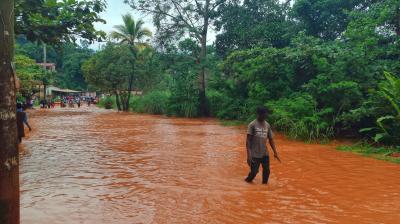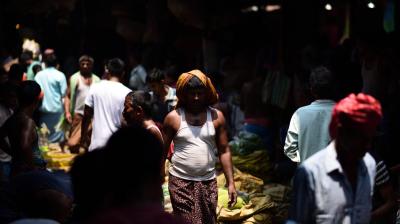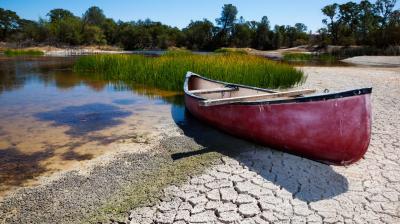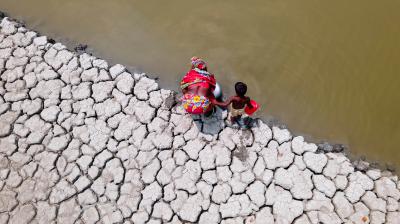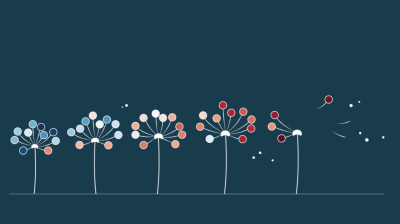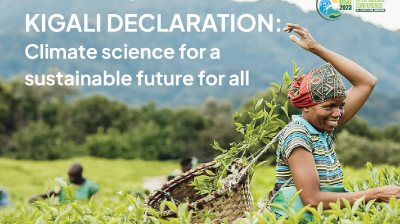Dry and warm season expected across Eastern Africa
October to December is an important rainfall season for Burundi, Kenya, Rwanda, Somalia, Tanzania, Uganda, and southeastern Ethiopia. A drier than usual season is expected in most parts of the region, including Tanzania, Burundi, Rwanda, most of Uganda, Kenya, southern, central and north-western Somalia and southern Ethiopia, according to the Greater Horn of Africa Climate Outlook Forum.
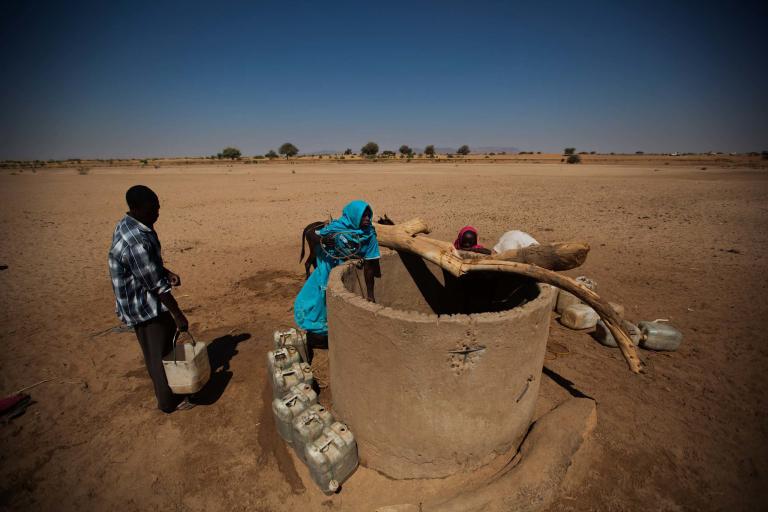
October to December is an important rainfall season for Burundi, Kenya, Rwanda, Somalia, Tanzania, Uganda, and southeastern Ethiopia. A drier than usual season is expected in most parts of the region, including Tanzania, Burundi, Rwanda, most of Uganda, Kenya, southern, central and north-western Somalia and southern Ethiopia, according 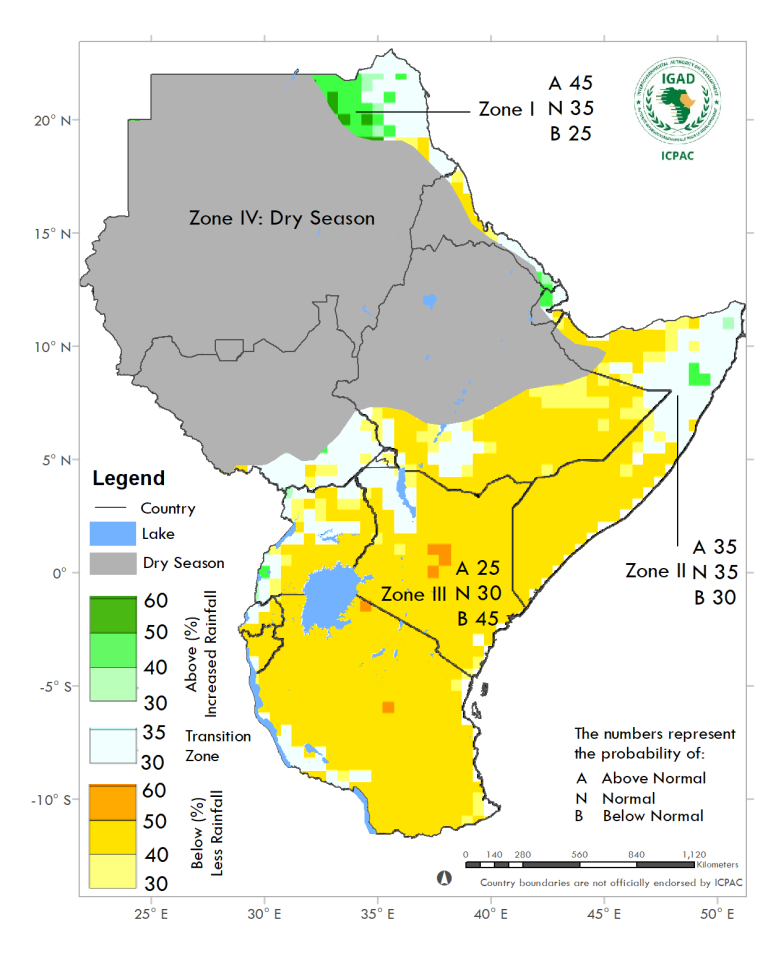
Rains are expected to start late (compared to the 1981-2010 average onset) over Tanzania, Burundi, eastern Kenya, southern and central Somalia and southeastern Ethiopia. On the other hand, rains are expected to start earlier than usual over southern Uganda, Rwanda, western Kenya and the area centred around the border intersections of Uganda, South Sudan, Ethiopia and Kenya.
Warmer than usual temperatures are expected over most of the region with higher temperatures expected in western Uganda, central South Sudan, northeastern Sudan, parts of southern Kenya and over Tanzania’s coast. Cooler than usual temperatures could be expected over western Tanzania and over the central parts of the region.
The Greater Horn of Africa Climate Outlook Forum was convened online on 26 August 2020 by the IGAD Climate Prediction and Applications Centre (ICPAC) in collaboration with the national meteorological and hydrological services in the region and other partners to issue the October to December 2020 rainy season forecast for the region.
The virtual Forum brought together climate services providers and users from key socio-economic sectors, governmental and non-governmental organisations, decision-makers, climate scientists, and civil society stakeholders to discuss impacts and mitigation measures for the upcoming season.
Considering the ongoing simultaneous emergencies affecting the region, including floods, the desert locust invasion and the COVID19 pandemic, regional and national authorities are encouraged to use the seasonal forecast and an accompanying summary for decision-makers to adjust contingency plans, and to update them with ten days and monthly forecasts provided by ICPAC and the National Meteorological Services.
- WMO Member:
- Ethiopia ,
- Burundi ,
- United Republic of Tanzania ,
- Kenya ,
- Sudan ,
- Somalia ,
- Uganda ,
- Rwanda ,
- South Sudan


